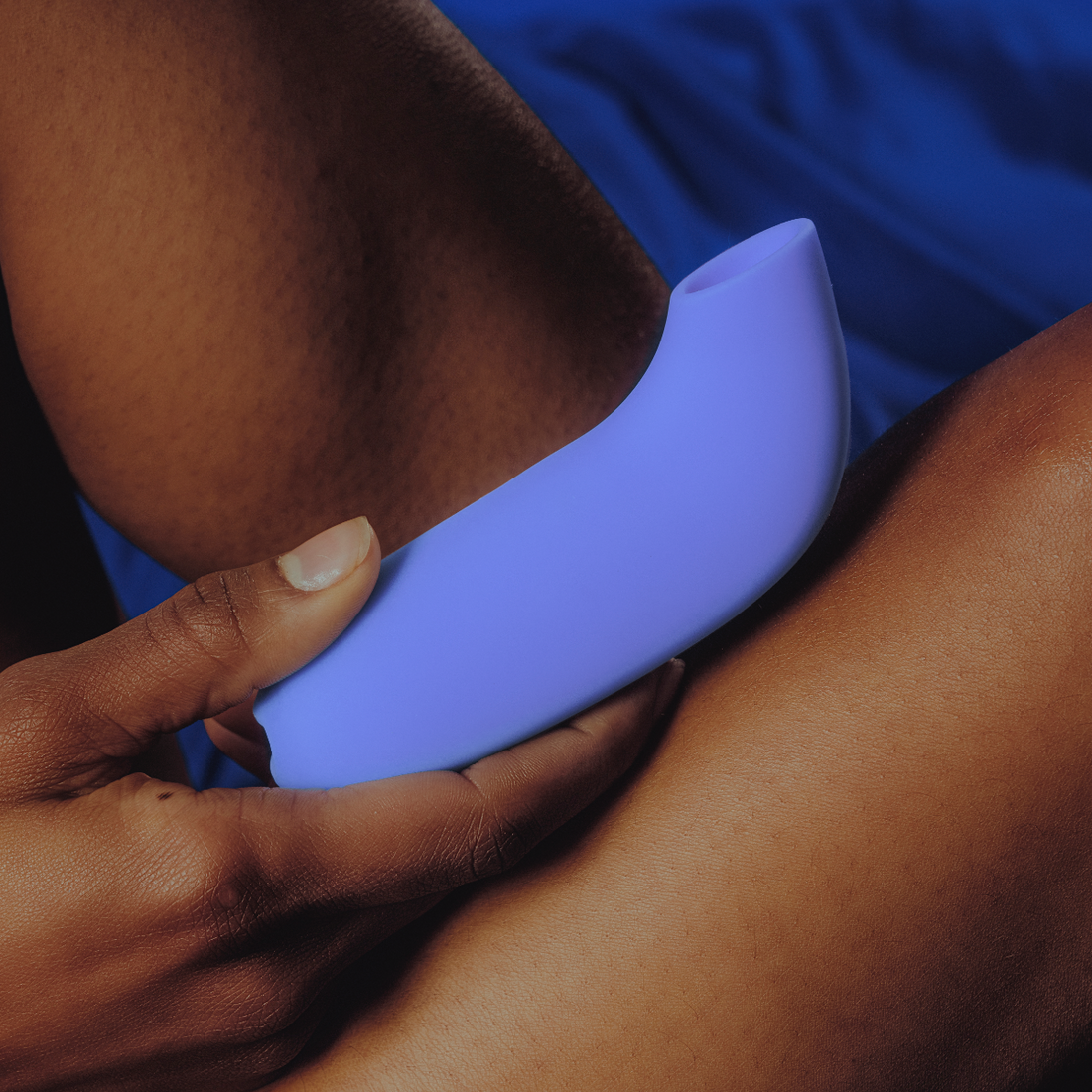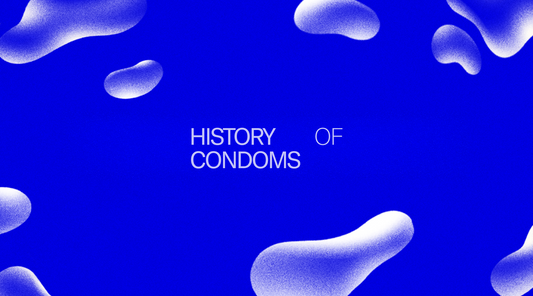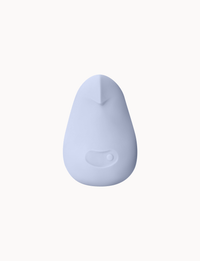Sex can (and should) look a little different for everyone. While there may be some basic agreed-upon mechanics and conventions, one of the joys and enrichments of sex is making it your own — mindfully understanding and accommodating your body and how it works. But what if things don’t work like they should? What if sex becomes less enjoyable or even painful? In some cases, the pelvic floor muscles may be responsible. In order to investigate the pelvic floor muscles, one must be ready to wade through the misinformation, shame, and stigma that comes with "below the belt" research. If you've read this far, you've brought your waders. Welcome. Thank you for joining me. I'm going to take you on a tour of your pelvic floor muscles, explain the distinct functions and conjunctions of each of these muscle groups, and after that, we'll have a vocabulary that we can use to explore sex and pelvic dysfunction.
The anatomy of the pelvic floor
Let’s get the unsexy part out of the way: the anatomy lesson. The pelvic floor is a group of muscles that lines the pelvis, a bowl-shaped bone (made up of two halves) that joins with the sacrum, femur, and lower back. The nerves that control both sensation and muscle contraction come out of the low back and the sacrum, the triangle-shaped bone between the base of the spine and the tailbone. Three layers make up the pelvic floor muscles. The first layer of pelvic floor muscles forms a figure eight around the labia and the anal sphincter for vulva-havers, or around the base of the penis and anal sphincter for penis-havers. For everyone, there’s a triangle of support between the sit bones and the top of the pubic bone. The second layer is anatomically similar for all. We have an additional sphincter around the urethra and vagina-owners have another triangle of support parallel to the first layer. The third layer acts like a thick hammock that unites the two halves of the pelvis, providing stability for the trunk and support to the abdominal organs.
The function of the pelvic floor
The pelvic floor muscles have five major functions:
- Opening and closing the muscles around the urethra and anus to keep us continent, meaning we decide when to empty our bladder and bowels;
- Regulating the superficial sexual and reproductive muscles of the pelvic floor. For vagina-owners, the pelvic floor helps erect the clitoris during intimacy which can lead to stronger orgasms. For penis-owners, superficial pelvic floor muscles help to achieve and maintain the first third of an erection (the base of the penis);
- Supporting the organs of the lower abdomen like the bladder, the prostate, the uterus, and the rectum;
- Stabilizing your trunk any time your upper or lower body is moving, for example, when you walk, run, or jump;
- Shuttling blood and lymphatic fluid back towards the heart.
The pelvic floor isn’t mystical, it’s muscular. They’re skeletal muscles, which means, like a biceps muscle, they are under voluntary control, can contract, relax, and need appropriate timing to function optimally. As we’ve explored, this muscle group has at least five jobs, so optimal functionality is going to depend on which functions we’re performing. In a perfect world, we’d expect the pelvic floor to run like a well-oiled machine: we are continent, sex is pain-free (unless you’re seeking pain intentionally!), we have excellent trunk stability, and our organs are well-supported. Turns out, we’re human, and a fully functioning pelvic floor not always the case. How does getting busy look different when things are not functioning optimally?
When things get uncomfortable
Unintentional pain during sex is more common than you may think. The statistics are gendered and often looking only at vagina-owners, so it may be hard to quantify exactly how many folks are having unintentional pain during sex. Prevalence ranges from 8-21% of vagina-owners in the US, based on one study. Pain during sex can be a complex issue, and physical causes are only one piece of the puzzle. Physical causes of pain can include pelvic floor muscle overactivity, skin conditions, nerve dysfunction in the low back or sacrum, systemic conditions like endometriosis, or trauma to the perineum, like childbirth or a scrotal injury.
Pay attention to symptoms
As simple as it sounds, start by paying attention. When and how your pain symptoms arrive can give you clues about what might be causing it. Does the pain onset with superficial penetration, deep penetration/thrusting, or only in certain positions? Does it onset right away, after a few minutes, or after you’ve had sex? What makes it better or worse? Coming up with answers to these questions can help you to make informed choices about how to mediate or alleviate the pain.
If you’re having pain….
During superficial stimulation or penetration
This might feel like a burning, ripping, localized pain. Any condition that doesn’t like friction could cause this, such as hemorrhoids, scarring from surgery or childbirth, or lichen sclerosis. For vulva-havers, conditions that decrease lubrication of the vagina and vula such as breastfeeding and menpause can also make this type of sex uncomfortable. Overactive pelvic floor muscles can also be the culprit, which can happen to anyone, regardless of anatomy. Pain can be generated when the superficial pelvic floor muscles around the vulva or anus do not fully relax during penetration. A high quality, glycerin and paraben free lubricant like Dame’s Aloe Lube is a great place to start to see if reducing friction improves pain. Self-massage of the pelvic floor muscles can also be helpful to encourage muscle relaxation.
During deeper penetration/thrusting
This might feel more like a dull ache or muscle cramp, which may be hard to localize or refer into the abdomen or hips. It could be due to overactive pelvic floor muscles, or problems with the hips or the low back. The hip muscles share a fascial plane with the pelvic floor muscles- meaning they’re physically connected, so one has the ability to affect the other. Deeper and internal self massage may be helpful here. If your pain is only provoked with very deep penetration, positions that allow you to control your partner’s depth may offer more ways to modify to keep things comfortable.
With certain positions
The pelvic floor muscles are slack when the legs are together and the hips are in neutral, and are maximally stretched when the hips and knees are flexed and the knees are moved away from the body, like in a deep squat or in a happy baby pose. If you notice a relationship between certain positions and pain, try rocking your hips or adjusting your knees to see if that changes your experience.
Communication is paramount
There’s no reason to keep quiet about unintentional pain during sex. If something is uncomfortable, tell your partner so you can troubleshoot it together, and be specific. Figure out what you like in bed. There are often modifications that can be made to make intimacy more comfortable.
Seek professional help
If you’re having unintentional pain during sex, the gold standard is to seek professional help. Fortunately, several different disciplines can be helpful in identifying the cause of your symptoms and alleviating them, including sex therapists, licensed marriage and family therapists, pelvic floor physical therapists, specialized gynecologists, and naturopathic doctors, to name a few. A professional evaluation can also rule out systemic conditions or diagnose specific pain syndromes (such as vulvodynia, vestibulodynia, anismus) that may cause unintentional pain during sex.




















































